Brazil's National Institute for Space Research (INPE) says more fires are breaking out in the Amazon rainforest. Official figures show that more than 78,000 fires have broken out in Brazil this year, burning more than 5.5 million square kilometers.2Amazon rainforest
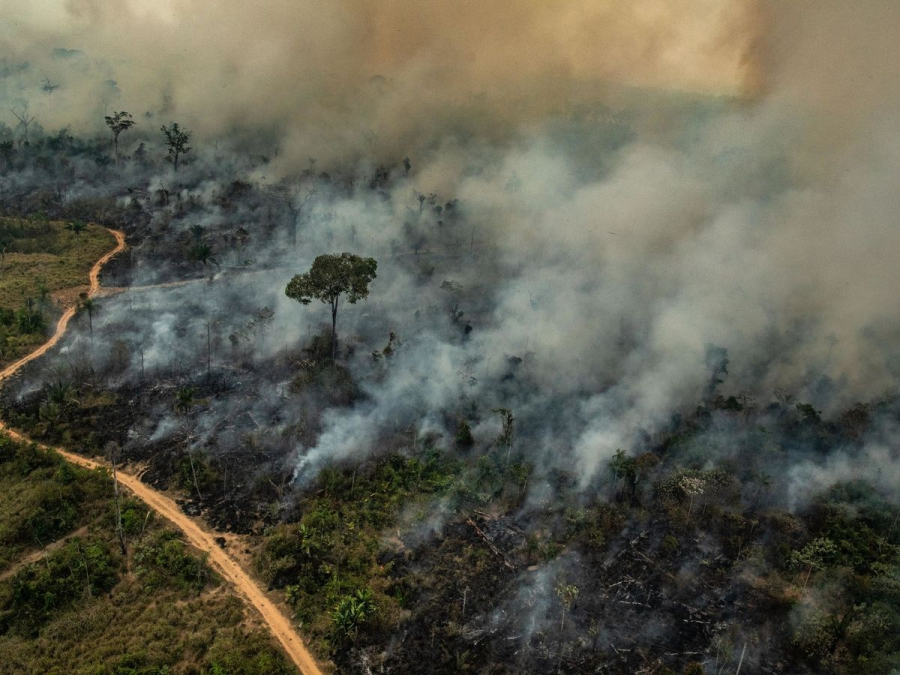
However, the fires that have been discovered in recent days in the Amazon are of a completely different scale and are considered a global disaster. The latest images from the World Wildlife Fund (WWF) show the extent of the fire's devastation, with many areas in the Amazon forest completely burned down, leaving only a few tree stumps.

Huge plumes of smoke can still be seen in the surrounding areas, while parts of the forest are inaccessible because the fires are so intense, and the sky above the Amazon has turned red.
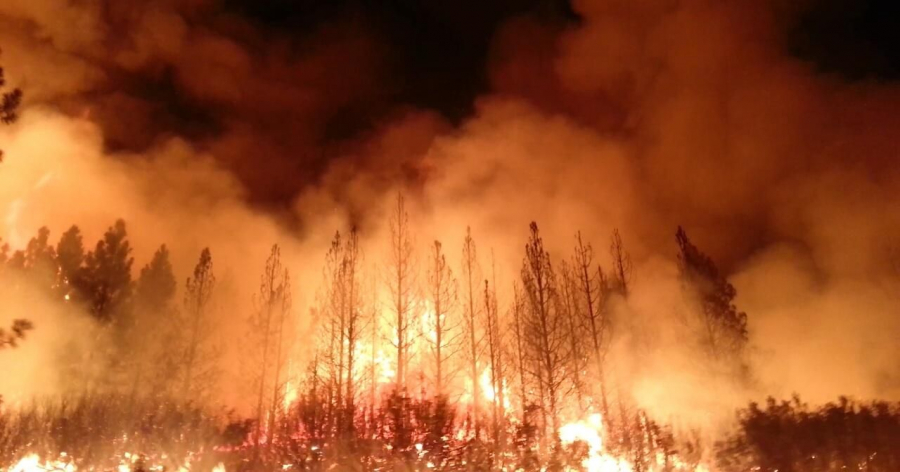
“Nothing in the Amazon is adapted to fire,” said William Magnusson, a researcher specializing in biodiversity monitoring at Brazil’s National Institute for Biodiversity Research (INPA). The forest has such a rich and diverse range of species because it has never burned so extensively in hundreds of millions of years, he said. The fires that have occurred have been natural and small, burning low on the ground and quickly extinguished by rain.

So, with its terrible scale, this fire has caused many animals to die from fire, high temperature or smoke inhalation. Many wildlife may be seriously threatened after the fire, such as Milton's titi, which was discovered in 2011. The ecosystem and food chain in the burned area will be completely changed because the fire has burned the dense canopy that blocks sunlight from reaching the ground, fundamentally changing the energy flow of the ecosystem.

Marine life may be safe in the short term. But animals living in smaller rivers and streams, which are rich in biodiversity, will be affected. For example, aquatic amphibians that need to surface to breathe will be exposed to smoke from the fires. The fires can also alter the chemicals in the water.
How do countries react?
The strong international response to the devastating fires raging in the Amazon has prompted the Brazilian president to mobilize some 44,000 troops to fight the blazes.
Defense Minister Fernando Azvedo said the military would take part in unprecedented operations to extinguish the fires. Soldiers would be deployed to nature reserves, indigenous lands and border areas besieged by fires.
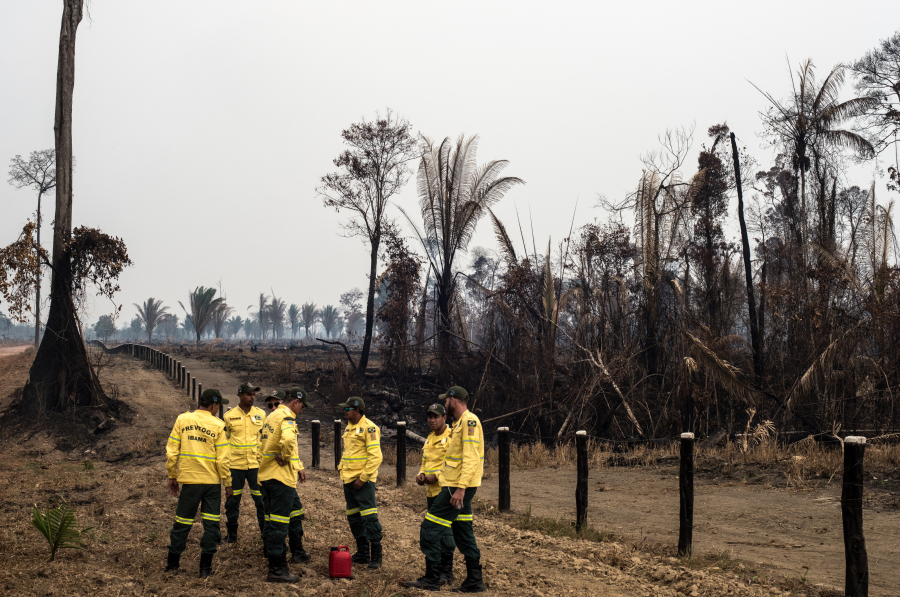
He added that the army's first mission was to deploy 700 soldiers to the vicinity of Porto Velho, the capital of Rondonia, where the army would use two C-130 Hercules aircraft to dump 12,000 liters of water on the Amazon rainforest.
In addition, French President Emmanuel Macron called on G7 leaders to discuss the environmental crisis in Brazil at last weekend's Summit in Biarritz, France.
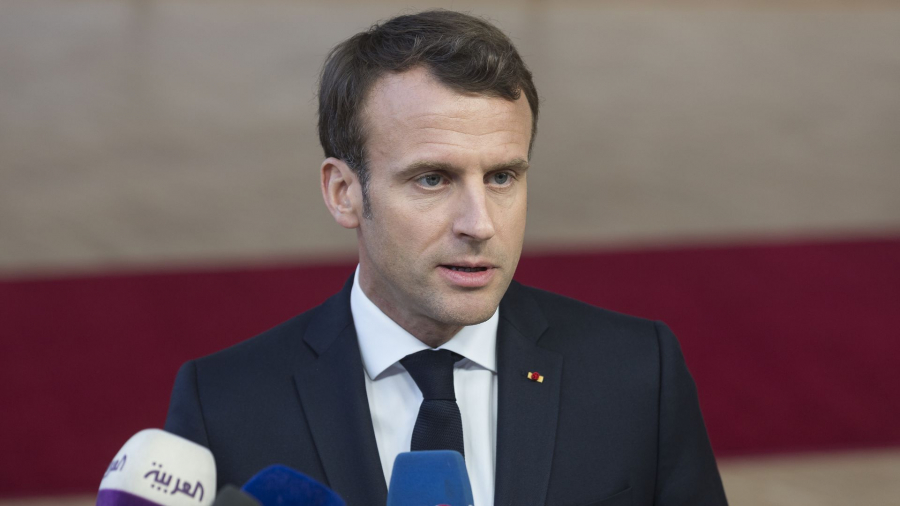
G7 nations agreed to donate $20 million in aid to Amazon countries to fight the fires and launch a long-term global program to protect the forest.
The support plan, announced by the French and Chilean presidents on Monday, August 26, is a reforestation program that will be detailed at the United Nations General Assembly next month.
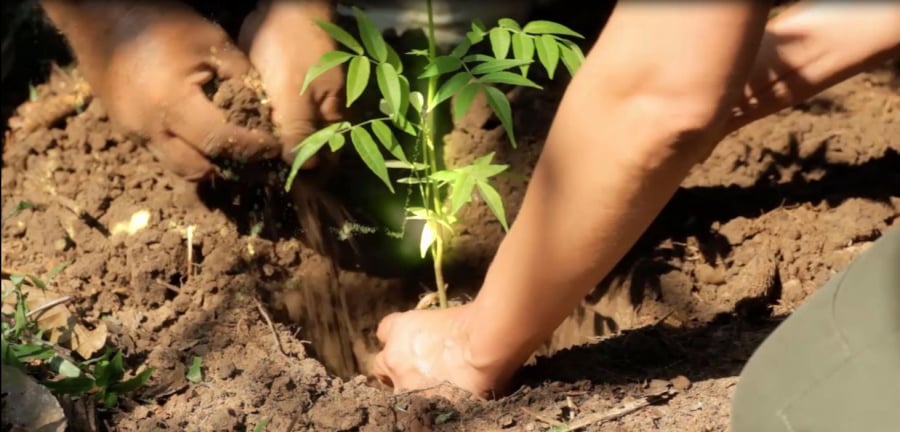
US President Donald Trump did not attend the G7 meeting on climate change, biodiversity and oceans, but he affirmed: “My team was there” and the US supported the G7 initiative.
Chilean President Sebastian Piñera said he is in regular contact with the Brazilian president to convince him of the need for the Amazon. The Chilean president added: “In the last 20 years, almost 10% of the Amazon has been destroyed. But we can still restore it. It takes time, money and effort, but we can do it.”
In addition, the World Wildlife Fund (WWF) has come up with five practical solutions that ordinary people, even those living far away, can do to help save the Amazon from serious destruction. Learn more about these solutions atThis.






























